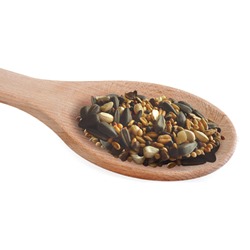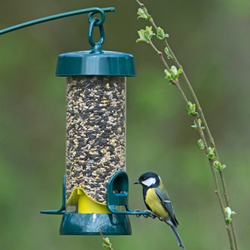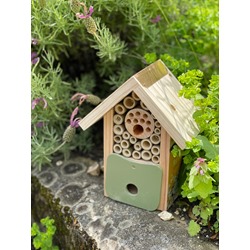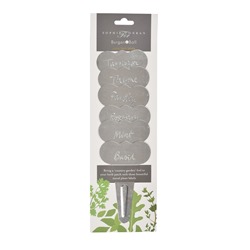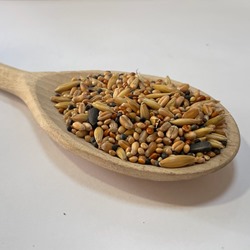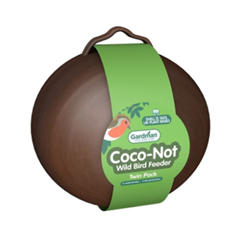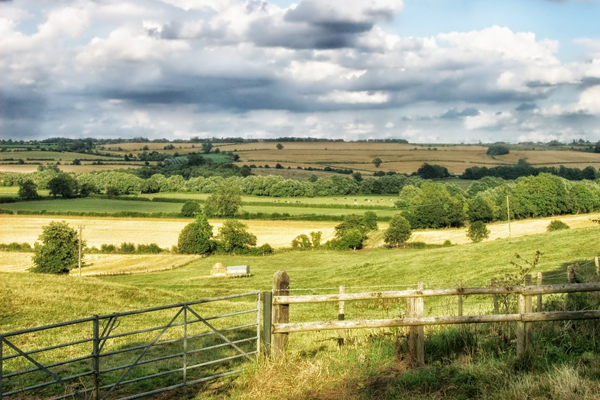
The UK Farmland Bird Indicator is made up of 19 different species of birds that are dependent on British farmland. This means that these birds they are predominantly reliant on farmland environments, unable to thrive outside of this habitat.
Of these 19 different species, a number of them are in stark decline. While the woodpigeon and the jackdaw have seen a widespread increase over the years, there are several species of farmland birds that have seen a dramatic decrease.
If you’re interested in helping these ailing aviators soar to their former heights, you’re in the right place. Here are five examples of declining British farmland birds, along with the food sources you can supply to help attract and bolster their numbers.
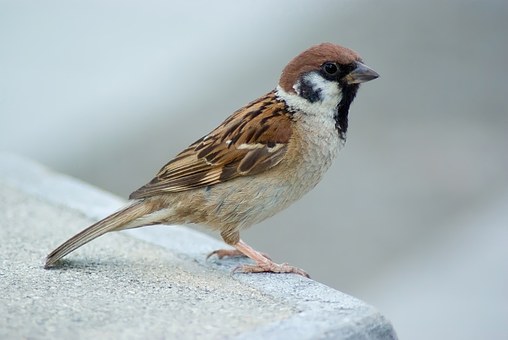
Tree Sparrow
Sporting a brown cap, white cheeks with black cheek spots, the humble tree sparrow is a contrasting personality to the similar more affable house sparrow.
Despite being somewhat antisocial with humans, they can be found throughout England, particularly across the midlands and the south-east, often nestled in hedgerows, woodland edges.
While they are also found in southern Scotland and parts of Northern Ireland, they are rarely seen in Wales or the west. They mate for life and are capable of producing two or three broods a year.
What do tree sparrows eat?
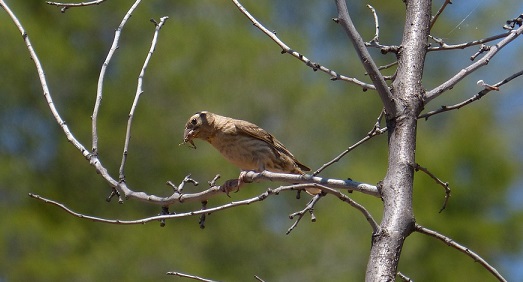
Corn Bunting
The largest of the bunting family, this stout bird is notable by its streaky brown colour and thick bill. It’s also recognisable by their song that’s uncannily reminiscent of jangling keys.
Corn bunting are sedentary birds and do not migrate. During the summertime, corn bunting enjoy open farmland, while they are known to retreat to weedy fields, root crops and stockyards during the winter.
These UK nationalists are commonly found in lowland England and Scotland. Males can mate with multiple partners throughout a season, the females build nests in grassy margins and arable crops.
What do corn buntings eat?
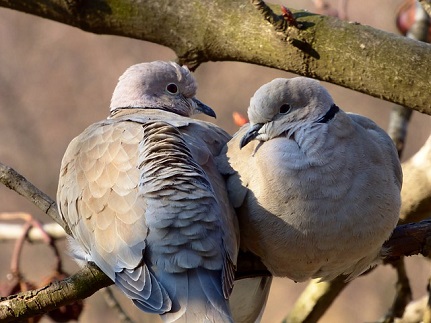
Turtle Dove
Forever immortalised in the festive carol, “The 12 Days of Christmas”, the turtle dove boasts mottled feathers featuring a combination of chestnut/black colours with a pink chest and black tail.
Residing predominantly in the warmer, drier area of south-east England, these summertime birds can typically be found between April and September, occasionally making the trip over as far west as lowland Wales
Turtle doves are often found in woodland edges, hedgerows and open land with scattered bushes, as well as well-wooded parks and orchards.
What do turtle doves eat?
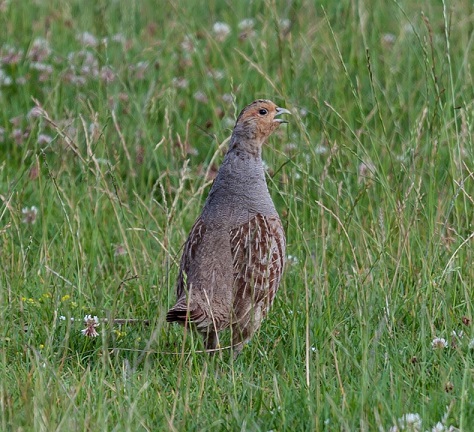
Grey Partridge
Another bird forever associated with the “12 Days” Christmas carol, the partridge (sans pear tree) is also a habitual farmyard dweller.
The grey variant is commonly found in lowland arable areas throughout England and Scotland, ranging from the south of England all the way up to the East of Scotland.
With its chestnut tail and orange face, this medium-sized bird is actually a ground-dweller and rarely, if ever, found in trees (despite what the classic carol may say).
What do grey partridges eat?
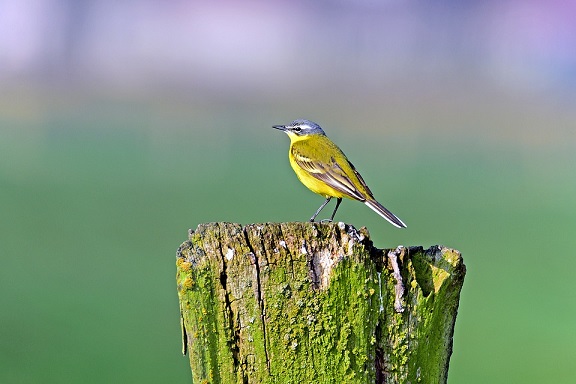
Yellow Wagtail
The aptly-named yellow wagtail is instantly recognisable by its bright yellow feathers tinged with green and its thin, black legs.
Its name is also applicable in a descriptive sense as this graceful ground-dweller is known to wag its tail from side to side as it goes.
Favouring arable farmland, upland hay meadows and wet pastures, the yellow wagtail is a summer bird, often found in the UK between March and September before migrating for the winter.
What do yellow wagtails eat?
For additional information on farmland birds and their eating habits, why not drop us a line to find out more? Call now on 01489 896 785 or get in touch online by clicking the button below.
Contact Us
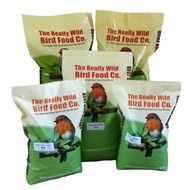 Back
Back Bird Foods
Bird Foods  Seed Mixes
Seed Mixes Straight Seeds
Straight Seeds Mealworms & Worms
Mealworms & Worms Chicken Feed
Chicken Feed Duck Food
Duck Food Peanuts & Peanut Butter
Peanuts & Peanut Butter Suet & Fat Balls
Suet & Fat Balls No Mess Bird Seed
No Mess Bird Seed  Wheat Free Bird Seed
Wheat Free Bird Seed Sunflower Seeds
Sunflower Seeds Softbill Bird Food
Softbill Bird Food Bulk Bird Seed
Bulk Bird Seed Trial Packs
Trial Packs Pick & Mix
Pick & Mix Mini Pick & Mix
Mini Pick & Mix Birdie Basics: Budget Bird Food
Birdie Basics: Budget Bird Food Food for Small Birds
Food for Small Birds Back
Back Bird Feeders
Bird Feeders  Seed Feeders
Seed Feeders Peanut Feeders
Peanut Feeders Peanut Butter Feeders
Peanut Butter Feeders Suet & Fat Feeders
Suet & Fat Feeders Window Feeders
Window Feeders Hanging Feeders
Hanging Feeders Feeding Stations
Feeding Stations Ground Feeders
Ground Feeders Easy Clean Feeders
Easy Clean Feeders Bird Tables
Bird Tables Seed Trays
Seed Trays Bird Baths & Drinkers
Bird Baths & Drinkers Feeder Accessories
Feeder Accessories Feeder Hygiene
Feeder Hygiene Squirrel Proof Bird Feeders
Squirrel Proof Bird Feeders For the Kids
For the Kids Niger Seed Feeders
Niger Seed Feeders Mealworm Feeders
Mealworm Feeders Bird Food Storage
Bird Food Storage Fat Ball Feeders
Fat Ball Feeders Tube Feeders
Tube Feeders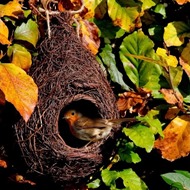

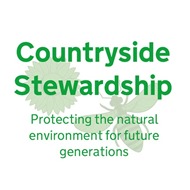

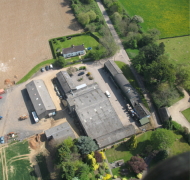 Our Farm
Our Farm  Tips & Advice
Tips & AdviceContact Us

